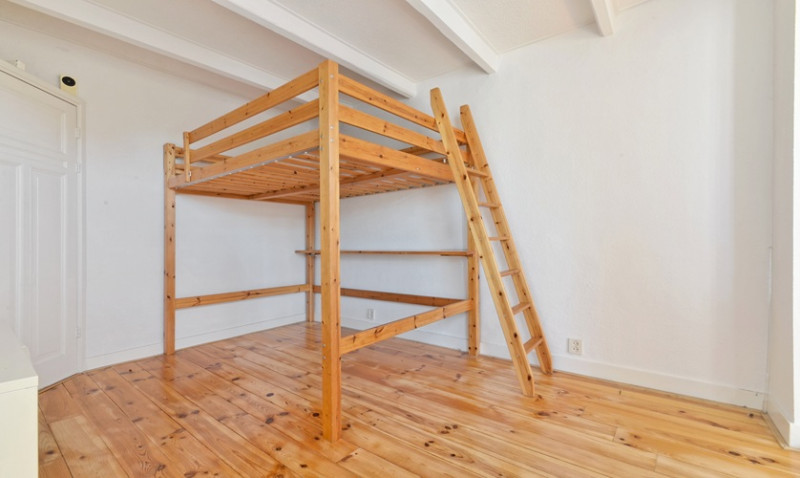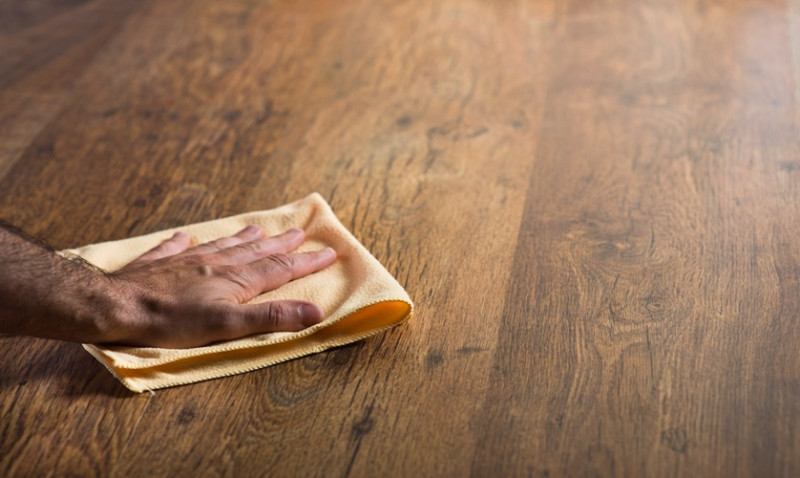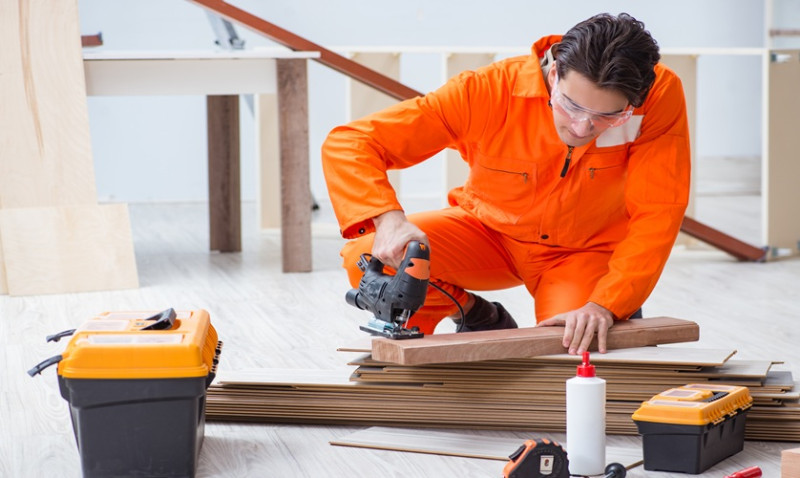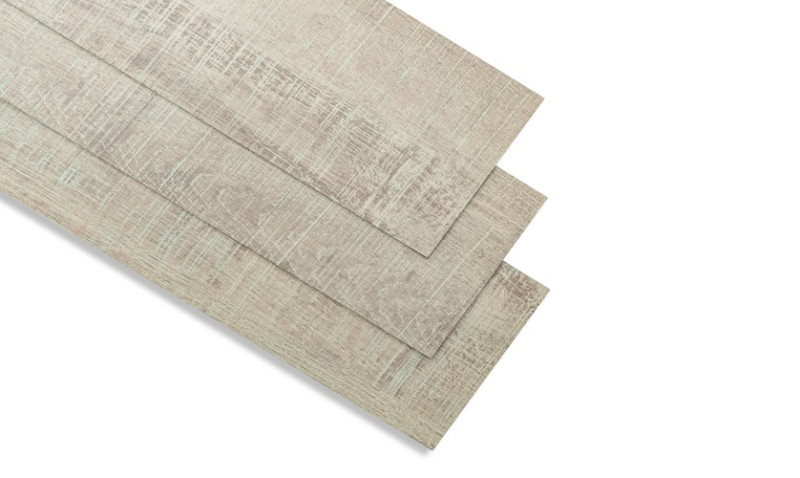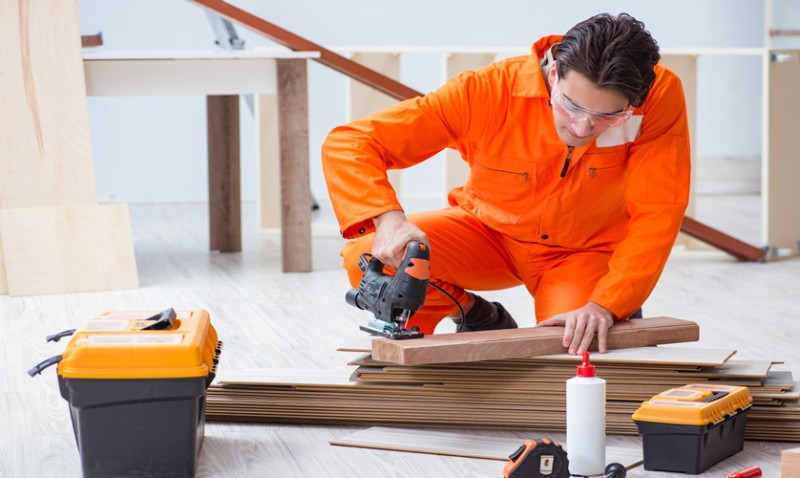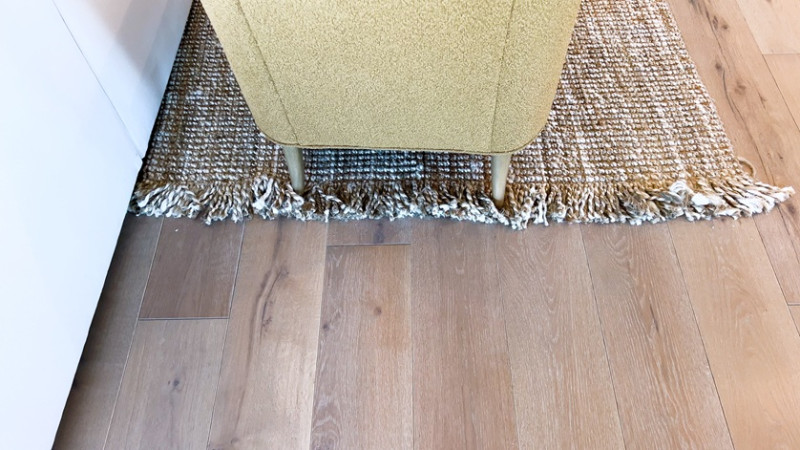
Your hardwood floor is one of the most striking features of your home’s interior design. It brings warmth, character, and a timeless charm. But even the most durable hardwood isn’t immune to wear and tear. Whether it’s from dropped tools, moving furniture, or just daily foot traffic, dents and dings can appear over time. Luckily, you don’t need to replace the entire floor or call in a professional right away. With a solid DIY approach, many common dents can be repaired quickly and affordably.
In this post, we’ll guide you step-by-step on how to fix dents in your hardwood floors using simple tools you might already have at home. Whether you're a hands-on DIYer, a professional tradesman, or a designer recommending solutions to clients, this guide will help you restore your flooring to near-perfection. Let’s dive in.
Understanding Dents in Hardwood Flooring
Dents in hardwood floors are generally caused by blunt vertical impacts — such as dropping something heavy or walking in high heels. Unlike scratches that typically damage the surface finish, dents compress the wood fibres below the surface, creating a visible depression.
Some types of hardwood, such as pine and fir, are more prone to denting as they are softer woods. In contrast, oak and maple are far more resistant. However, no matter how hard the wood species is, it’s always possible for dents to occur — it’s part of living with natural materials with character and charm.
Not all dents are created equal. It’s important to determine the type and severity of the dent to decide which repair method is most suitable. Is the wood only compressed, or is it gouged and torn? Is the finish intact, or do you also need to repair varnish or stain?
Thankfully, many small dents – especially those where the wood hasn't been cut or broken – can be fixed with a method that raises the wood fibres back to their original position.
How to Fix Light Dents with Steam
This old-school yet incredibly effective method is perfect for shallow dents. Steam heat causes the compressed wood fibres to swell back to their original shape, essentially erasing the dent.
What You’ll Need:
- An iron (steam function if available)
- A clean cloth (preferably white cotton)
- Water
- Fine-grade sandpaper (optional)
- Hardwood floor cleaner
Steps:
- Clean the area thoroughly to remove dust and dirt.
- Wet the clean cloth and wring it so it’s damp but not soaking.
- Place the damp cloth over the dent. Make sure the cloth fully covers it.
- Set the iron to medium heat with steam function enabled. Press the iron gently over the cloth in circular motions for 10-30 seconds at a time. Do not leave it still or it may damage the finish.
- Lift the cloth and check progress. Repeat if necessary until the dent lifts.
- Allow the area to dry completely. Lightly sand if the surface feels rough and wipe clean.
This method works best on unfinished or lightly finished wood where steam can penetrate. For lacquered or varnished surfaces, you may need to sand and refinish the repaired area after steaming.
Repairing Deeper Dents or Gouges
For deeper floor damage where the wood is gouged or chipped, steaming alone won’t suffice. In these cases, fill and repair is necessary. This process takes a bit more care, but it's still achievable with standard tools and minimal experience.
What You’ll Need:
- Wood filler (choose one that matches your floor colour)
- Putty knife or plastic scraper
- Fine-grit sandpaper (180–220 grit)
- Stain or varnish (optional, to match the surrounding floor)
- Soft cloth or brush
Steps:
- Clean the dented area thoroughly with a hardwood floor cleaner and let dry.
- Use a putty knife to apply wood filler directly into the dent or gouge. Press firmly to ensure it penetrates into any cracks.
- Allow the filler to dry according to manufacturer’s instructions — typically a few hours.
- Lightly sand the area until smooth and flush with the surrounding floor.
- If needed, apply a matching wood stain or finish to blend the repair.
- Let the finish cure for at least 24 hours before walking on the area or replacing rugs and furniture.
High-quality wood fillers are easy to work with and come in a wide range of colours to match oak, walnut, ash, and other species common in UK homes. Look for water-based fillers for ease of cleanup and lower VOCs.
Preventing Future Dents
Repairing your floor is one thing — keeping it dent-free long-term is another. Incorporating a few simple practices will help you greatly extend your floor's good looks.
Here are a few preventative tips:
- Use felt pads under all furniture legs, especially chairs and tables that are moved often.
- Invest in rugs or runners in high traffic areas like hallways, kitchens, and entrances.
- Remove shoes, especially heels and cleats, when entering the home.
- Keep pets’ claws trimmed to prevent accidental gouging while they move around the home.
- Be cautious when moving heavy furniture – always lift, don’t drag.
By combining DIY repair with good preventative habits, you can keep your wooden flooring looking exceptional for years to come.
When to Call in a Professional
If a large section of your floor has been damaged or you have a highly varnished or engineered wood floor, sometimes the DIY route might not be sufficient. In cases where dents go deep or impact multiple planks, a professional floor repair specialist can assess whether sanding or replacement is needed. This is especially true if the floor has underfloor heating or a complex installation pattern such as herringbone or chevron flooring, which is popular in the UK.
However, don’t forget that minor to moderate dents are almost always fixable with the right tools — so give these DIY tips a chance before calling in backup.
Conclusion
Fixing dents in hardwood floors may sound intimidating, but with the right knowledge and basic tools, it’s a job most DIYers in the UK can handle over the weekend. Whether you live in a Victorian terrace in London or a modern flat in Manchester, these updates can preserve both the beauty and value of your home.
So the next time your floor suffers a dent — don’t panic, get practical. With a bit of steam, filler, and finesse, your hardwood floor can look as good as new. Happy fixing!
#diy #woodworking #hardwoodfloors #homerepair #interiordesignUK
